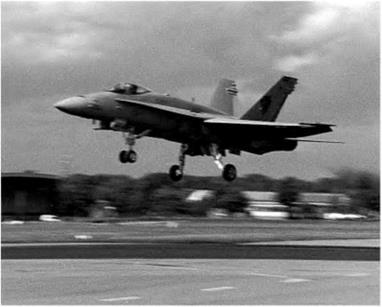Lifting bodies
So far as aeroplanes are concerned, the North American X15 was quoted in an earlier edition of this book as the nearest approach to a piloted hypersonic aircraft – indeed, if we accept M5 as the threshold of hypersonic flight, it was hypersonic for it achieved a speed of 1860 m/s and a height of 95 940 m as long ago as 1962 – this speed corresponds to a Mach Number of over 6. It was launched from a mother craft at 13 720 m and 224 m/s; it had a rocket engine giving a thrust of 260 kilonewtons, and rocket nozzles for space control, but fuel for only 68 seconds at full power. It landed, as an aeroplane, at 134 m/s some 320 kilometres from launch.
The experimental programme with the X15 has now been superseded by a similar programme with what are called lifting bodies, with little if anything in the way of wings, with powerful control surfaces and, as their name implies, with bodies so shaped as to give a certain amount of lift at high speeds. As with the X15 these are launched from a mother craft, have rocket power available for a very limited period, and this can be used first to attain considerable height and then, after a fast and steep descent – usually without power – towards the earth, a circling approach at some 15 m/s for the last 6000 m or so, followed by a steep glide, using speed brakes as required, and finally a touch of rocket power to help the round out, and a fast landing at about 100 m/s.
These lifting bodies offer some advantages for future shuttle and sub orbital vehicles.
1.
For solutions see Appendix 5.
For numerical questions on flight at transonic and supersonic speeds see Appendix 3.
|
|
Fig 12E Another supersonic configuration
The McDonnell Douglas F-18 Hornet which features a wing with only moderate rearward sweep on the leading edge, and a small forward sweep on the trailing edge. The sharply swept strakes also generate lift, and control the flow over the main wing.












